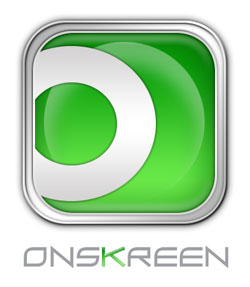The rumor mill has churned out the possibility of Facebook building their own phone again. I have no idea if this has any truth behind it, but having seen stories like this in the past and having previously watched similar companies fail at this, it seemed useful to go through a few of the reasons why it should be avoided.
DNA
Facebook’s DNA is to solve problems with software and rapid iterations. There is a huge difference between this and distributing hardware. You can argue that corporate DNA evolves, particularly in response to an acute threat. However, to see how difficult this is, let’s look at the experience of some comparable companies:
- Microsoft has spent roughly the last 10 years and untold amounts of money to get the integrated hardware/software experience and retailing of the Xbox just right. That took incredible commitment, patience and deep pockets from a software company.
- Google, no doubt driven by some of the same fears Facebook has now, has rocket ship growth of Android in smartphones. Yet, their attempts to directly retail Nexus devices was a flop. They have revived the program now, but there is no evidence to show it has been a success.
- Nokia illustrates the reverse DNA mutation is also difficult. Their attempts to create a viable software OS and combine it with their superior hardware failed miserably. Their failure to accept that this was not in their DNA has destroyed a brand that was at one time synonymous with mobile phone excellence.
Distribution
Almost 1 Billion users is incredible, but it doesn’t guarantee successful distribution of a Facebook phone. Where is the Apple-like retail presence? Are Carriers really going to be excited to subsidize a Facebook phone that uses Facebook messaging to further erode their one-time SMS cash cow?
Brand
Facebook brand = Social connectivity. Facebook users are the product and they are conditioned to expect all of Facebook’s magic social goodness for free. This isn’t about whether users will pay $100 vs $300 for a Facebook phone, it is about whether that brand association will mean they want to pay anything at all. Need proof? Just go the Facebook login page to see it in their words – “It’s free and always will be.”
Role of Utilities
Facebook describes itself as a “Social Utility…”, and it is exactly that. While there are no doubt Facebook zealots who will use anything Facebook offers, these are the people who will be using Facebook from whatever phone they already have regardless. The more important segment is those between zealots and non-users who may be swayed to use Facebook rivals. Are there other ways to further engage this segment with Facebook mobile services and still hold true to their strengths as a company?
(There are a host of other issues – thin hardware margins, the importance of App Ecosystems, mobile patent wars, etc…but I’ve gone on too long already.)
If not a phone then what?
The presumed driver of this strategy and fear Facebook has is a valid one. The quote that best sums it up is:
“Mark is worried that if he doesn’t create a mobile phone in the near future that Facebook will simply become an app on other mobile platforms”
While a successful Facebook phone would alleviate this problem, there seem to be alternate strategies which better leverage Facebook’s strengths as a company.
Optimize and create Facebook products for mobile specifically. Their social product innovation is what got them their current dominant position on the web in the first place. Easier said than done of course, but software and product innovation is more up Facebook’s alley than building a phone is.
Other than Samsung and Apple, other OEMs have failed to differentiate their products and are languishing with a bunch of me-too products. If there is a unique need Facebook feels it needs from the hardware, these OEMs would happily provide it.
